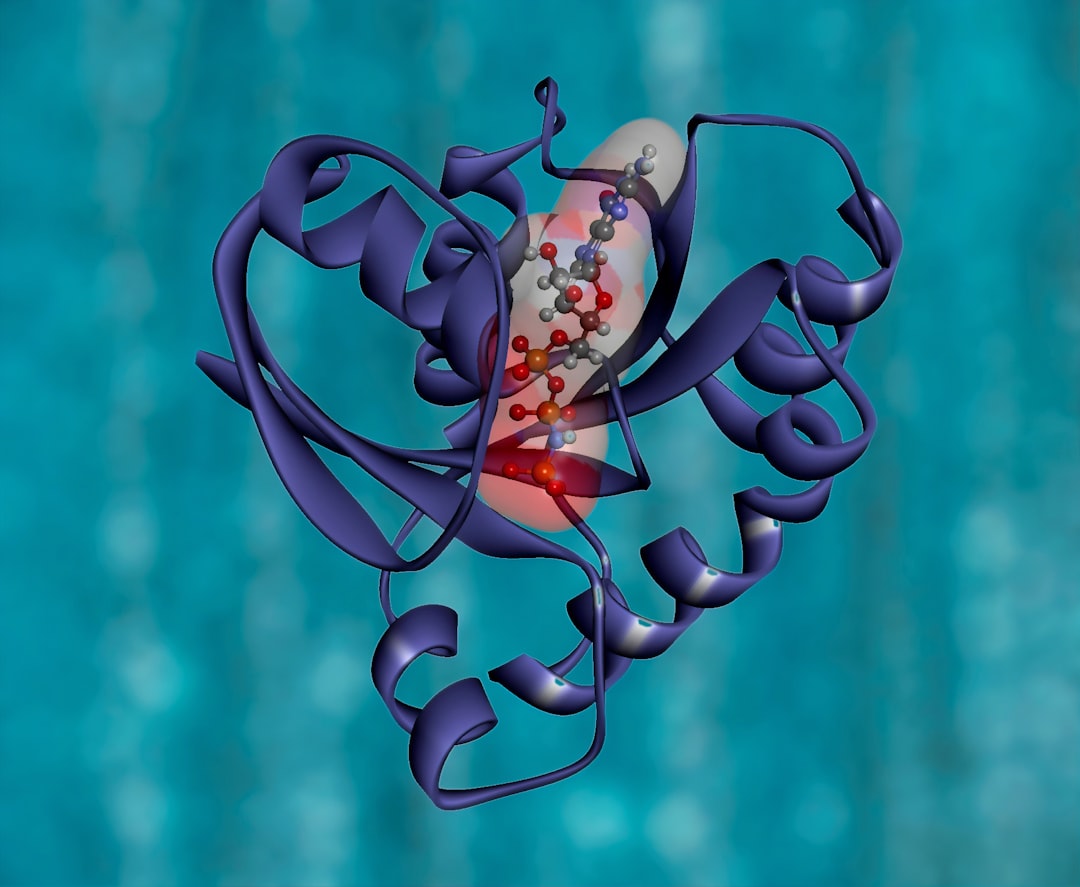What is it about?
The original work here represents first attempt at (1) exploring a new terrestrial-based proxy of stomatal index on leaves of Typha orientalis and reconstructing the atmospheric CO2 concentrations during the Plio-Pleistocene transition, using the stomatal index method, (2) establishing the first atmospheric CO2 curve in terrestrial realm over the past 5 Ma based on our estimated paleo-CO2 value and other published stomata-based CO2 estimates, and revealing a relationship between the terrestrial and marine CO2 fluctuations, as more dramatic fluctuation and a hysteretic sharp increase in terrestrial CO2 has been noticed during the Plio-Pleistocene transition time, (3) revealing the coincidence between the higher CO2 concentration (523 ppmv) estimated here and the higher temperature (ca. 3°C higher than present, cited from Qin et al., Global Change Biology, 2011) during the same time interval, and inferring that the subsequent sharp fall in atmospheric CO2 level might be the cause for the intensification of Northern Hemisphere glaciation, based on their general temporal synchronism.
Featured Image
Why is it important?
The Plio-Pleistocene transition is an important time interval, marked by a significant climate shift from warm, relatively ice-free conditions to an ‘icehouse’ world, with intense Northern Hemisphere glaciation (Ravelo, Nature, 2010; Brigham-Grette et al., Science, 2013). The current viewpoint that the atmospheric CO2 is a primary driver of global temperature change, is now widely recognized (Lunt et al., Nature Geoscience, 2008; Beerling & Royer, Nature Geoscience, 2011), albeit needs more evidence. To objectively assess the ecological impact of atmospheric CO2 during the Plio-Pleistocene transition, we need paleo-CO2 data not only from marine proxies, but also from terrestrial ones. Nevertheless, most available paleo-CO2 data are from marine realms whereas terrestrial realms CO2 data still lacks. To reconstruct the atmospheric CO2 during the above interval, exploring the new CO2 proxy in terrestrial realms becomes an extreme need and represent “a formidable interdisciplinary scientific challenge” (Beerling & Royer, Nature Geoscience, 2011).
Perspectives
The Enhanced Greenhouse Effect due to dramatic increase of atmospheric CO2 concentration, from "pre-industrial" level of 280 ppmv to today’s 400 ppmv, significantly affects the Earth System. Revealing the CO2 level and its fluctuation during climate transitions between “greenhouse” to “icehouse” in the history, is of significant implication on responding towards global warming. Here we estimate the CO2 level during Plio-Pleistocene transition, a remarkable climate switch from greenhouse to icehouse, and establish a first curve of atmospheric CO2 fluctuation since 5 million years ago. The results stimulate our understanding of CO2 effect on global climate changes during past and present.
Professor Yu-Fei Wang
Instititu of Botany, Chinese Academy of Sciences
Read the Original
This page is a summary of: Reconstructing atmospheric CO2during the Plio-Pleistocene transition by fossilTypha, Global Change Biology, July 2014, Wiley,
DOI: 10.1111/gcb.12670.
You can read the full text:
Contributors
The following have contributed to this page










